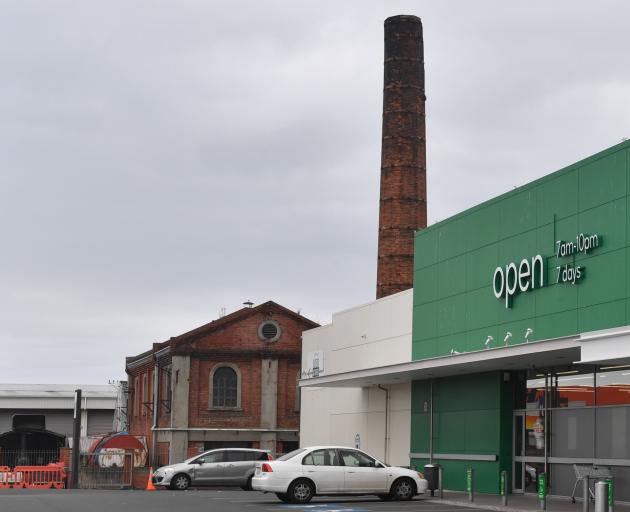
The taller and less reinforced the chimneys are, the more likely their swaying will soon fall out of phase with the rolling of the ground below. Once that happens, particularly in an old chimney with eroded mortar, loose bricks will start dislodging and encourage a catastrophic collapse.
In the first Canterbury earthquake on September 4, 2010, it was fortunate that hundreds of chimneys of older residences disintegrated and landed into dusty piles of bricks next to the houses rather than punching through their roofs. However, two people still suffered major injuries as a result of chimney collapses in that magnitude 7.1 earthquake.
A tonne or more of bricks falling from a point more than half a dozen metres above the ground contains a lot of force. It is little wonder that collapsing chimneys have always been considered one of the most obvious dangers to life from a sizable earthquake.
Basic physics and common sense tells you of course that the taller and bigger the stack, the more bricks it has which are going to crumble from even greater heights, releasing far more energy than a domestic chimney could ever do.
Also, the older those bricks are, the more weathering they have been exposed to, even more so those at the uppermost levels, over many decades or centuries. Their probability of collapse will be a lot more likely. And from such a great height, not only will what is left of the bricks hit the ground harder, but also they will travel further.
Fears have been growing in recent weeks for the future of the 118-year-old brick chimney at the Dunedin Gasworks Museum in South Dunedin. The 25-metre tower looms over the gasworks site and overshadows the roof at the southeastern corner of the Woolworths supermarket. The top of the chimney does have rusted metal brackets for strengthening the brickwork, but these may be insufficient to stop a runaway collapse.
Surveys of the state of the chimney, the oldest structure on the site, have determined that cracks in the upper part of the structure, visible for at least 10 years, have widened and spread as a consequence of the 6.8-magnitude earthquake southwest of Fiordland on March 25.

Such safety concerns are really where the rubber hits the road for our heritage buildings in a seismically active land. This is why it is so much more difficult protecting that heritage here than in many other countries.
The old Dunedin Gasworks ran from 1863 to 1987 and were first and last in New Zealand to operate. While some buildings were demolished in the 1980s, a trust saved the rest and the museum was opened in 2001.
Several of the remaining buildings, including the chimney, are listed by Heritage New Zealand as category 1, meaning they are of outstanding historical or cultural significance and enjoy legal protections. In this case, however, the debate will be should a compromised but highly momentous historic chimney be allowed to jeopardise the lives of those below it?
Fortunately, there are options available to the museum trust and the city council as the discussion about the stack’s future continues. Trust chairman Jonathan Cweorth says the alternatives include full demolition, shortening the chimney, or repairing it.
With most of the worsening cracks in the brickwork towards the top of the stack, and engineers suggesting there is little change to the lower structure, we believe a partial demolition could be an appropriate way ahead if replacement isn’t possible, ensuring both safety for the public and the safeguarding of an important piece of the city’s crucial history.
If that is not possible, the chimney may, unfortunately, need to come down.
We have to be realistic. Safety comes first. After all, there is plenty of evidence to show that more, and bigger, earthquakes are entirely probable in the years ahead.











